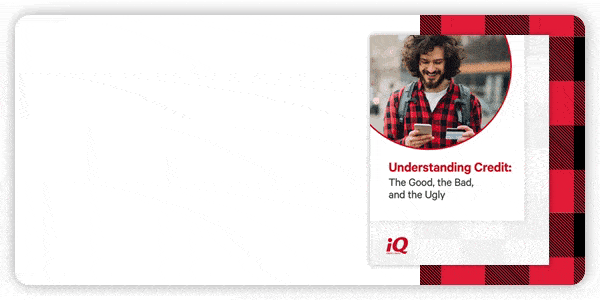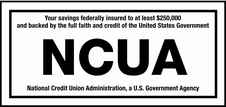.jpeg?width=1160&name=Home%20Equity%20Line%20of%20Credit%20(1).jpeg)
Homeownership is something that many people dream about. Owning your own home offers benefits beyond owning a place to live—the biggest being that it allows you to build home equity. Your home is likely to be the most expensive purchase you will ever make, and it will be your most valuable asset, so accessing the untapped value of your home offers many advantages.
There are various ways you can tap the equity in your home. You can refinance your home loan to generate extra cash, or you can consider taking out a second mortgage. One of the most versatile tools for accessing the value of your home is a home equity line of credit (HELOC). A HELOC lets you use your home equity as rolling credit, much like a credit card, which gives you access to cash when you need it. However, it’s important to understand how a HELOC works so you can properly manage your credit.
What is a HELOC?
A home equity line of credit, as the name explains, is a line of credit that is granted against the value of your home. With a HELOC, you are borrowing against the equity in your home. For example, if you have a home worth $500,000 and your home loan amount is $300,000, then the equity in your home would be $200,000 (i.e., $500,000 minus $300,000). Many credit unions, including iQCU, allow you to borrow up to 90% of your home equity, so for our example, you could qualify for a HELOC of $150,000, which is 90% of the home value minus the outstanding home loan.
A HELOC gives you a line of rolling credit, like a credit card. You pay interest on the amount of money you use, making monthly payments on the amount of money you owe including interest. You can use a HELOC for a variety of things. Since the interest rate is usually lower than most credit cards or loans, it’s ideal for debt consolidation. You also can use it to pay for remodeling projects to increase the value of your home. A HELOC also can be used for big-ticket items such as a vacation home or unexpected expenses.
With a HELOC, you usually have a higher credit limit than with a credit card, depending on the amount of home equity available, and the interest rates are lower than a credit card or personal loan. Interest rates on a HELOC also can be fixed or variable. An iQCU HELOC, for example, has a variable rate, although you can lock in portions with a fixed rate. You only pay interest on the amount of the line of credit you use.
Of course, there are disadvantages as well. Many HELOCs have fees associated with them, and some require a minimum credit line amount. You also need to pay on time to protect your credit rating, and you risk losing your home if you fail to make your payments.
How do you calculate your home’s equity?
We already discussed the basic formula for calculating your home equity:
[(the value of your home) – (your home loan)] ✕ (90% or maximum allowed) = amount of home equity available
However, there are other factors you need to consider when calculating your home equity. For example, how much is your outstanding home loan? If you have owned your home for some time, then you have paid down your mortgage and may owe less on your home than the original loan, which means you have more home equity available.
Your credit score is another factor. Qualifying for a HELOC is like qualifying for any other type of loan, so the better your credit score, the more likely you are to qualify and the better the terms of the HELOC.
You also need to consider the current market value of your home—not the value of your home when you bought it. Housing values historically increase year over year, so your home is likely worth more than when you bought it. Calculating your outstanding home loan against the current value of your home is called the loan-to-value ratio. If your loan-to-value ratio is high, then you are considered high risk.
You can use your loan-to-value ratio to calculate the home equity you have available. Going back to our example, if your home is worth $500,000 and you owe $300,000 on your home loan, your loan-to-value ratio is $300,000 ÷ $500,000 = 60%. If your lender allows you to borrow up to 90% of the loan-to-value ratio, then the amount of home equity available would be 30% of the home market value, i.e., 90%-60% = 30%, or $150,000.
iQ can help you with a HELOC.
If you are looking for a HELOC or thinking about applying for a home equity loan, then the home equity loan experts at iQ Credit Union can assist you. iQ’s mission is to partner with our members to help them achieve their financial goals, including finding the right tools to make the most of home equity.
If you want to learn more about home equity and home loans, a good place to start is with our guide to homebuying and financing, Mortgages 101.




Comments